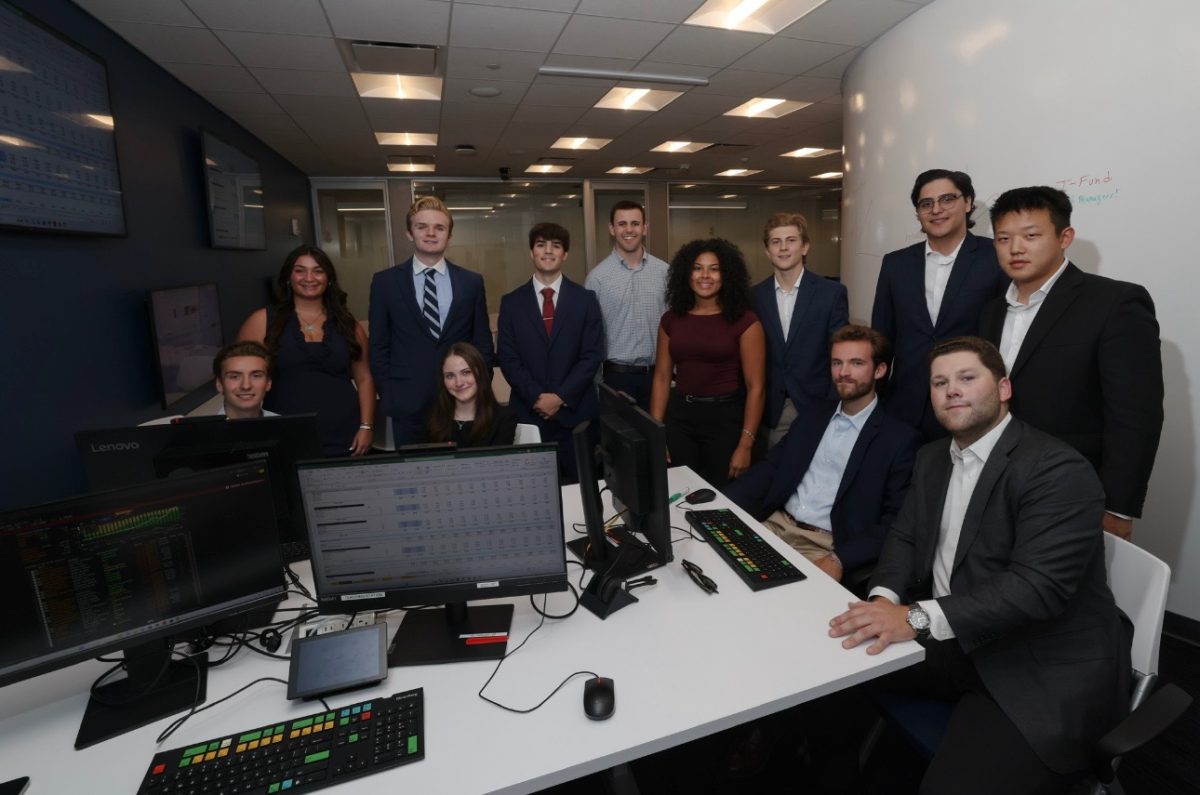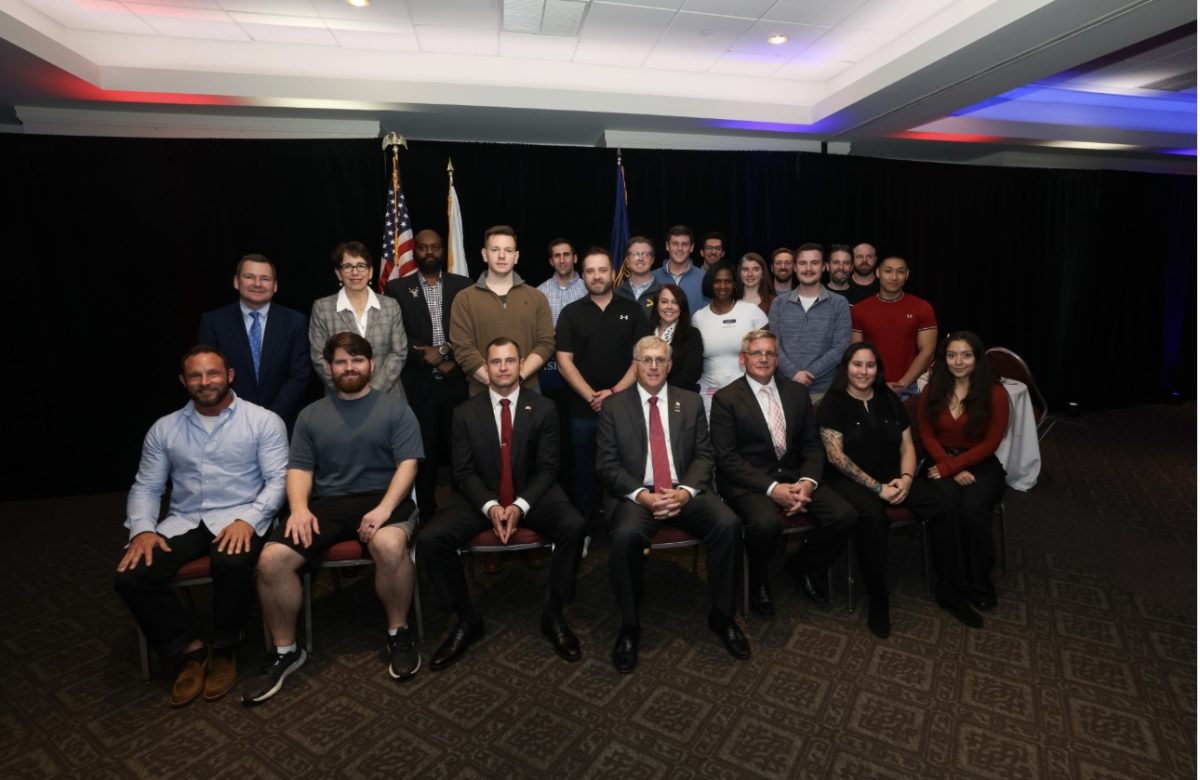Chelsea Szmania
Journal Staff
Gaming and design fans can now incorporate their interests into the academic world. This fall, Suffolk added a new major to the College of Arts and Sciences: Interactive Media and Game Development. Integrating Communication and Journalism (CJN) and Computer Science departments along with the New England School of Art and Design (NESAD), the major has caught a lot of attention. “It’s rewarding to see that people are quite interested now,” said Dan Stefanescu, a professor in the Mathematics and Computer Science department. “Students are interested in coming to this school because of this major.”
The major itself looks closely at the study of game development, which includes more than just programming. An additional focus is that of the gaming world’s design aspect. When students begin, they are required to take four core courses in the major itself. However, they are later able to choose between two concentrations with either computer science courses or NESAD and CJN courses. Over the course of their four years, students will also take classes involving subjects like Software Engineering, Motion Design (3D Animation), and Introduction to Computer Programming. Some students will take a course in Film Language, where they will learn to tell stories visually through video games. In addition, students must take CJN courses to explore topics such as the evolution of gaming in the workplace and the significance of games as an art form.
For senior students, both concentrations join for a year-long course where they develop a game together.
“It gets together people with very different interests to develop games,” said Stefanescu.
The idea is to bring about the importance of working in a team environment and combine both programming and design to create a working game. That game can then be added to students’ portfolios, where they are able to showcase a piece of their work when entering the job market.
“It’s definitely a collaborative project so we want students to have collaborative experiences before they leave,” said Nina Huntemann, an associate professor of the CJN department.
Typically, students who choose to study this major end up with jobs as game programmers, 3D conceptual artists, character builders, and interactive designers, to name a few. The gaming industry has grown significantly over the years, which is why it becomes important for students to graduate from college prepared.
“The industry is growing and the need for skill is a desire for the industry,” said Huntemann. “They are constantly looking for well trained employees, which is what Suffolk is trying to set up students for with this major.”
Boston itself is home to numerous gaming companies, including Harmonix, the creator of Rock Band in Cambridge. Because the city is widely known for its large number of gaming companies, it will be more convenient for students to find immediate internships right out of college. The university hopes students who join the Interactive Media and Gaming Development major will land a job in small indie companies, or even larger.
Although the major has just been created, the interest has grown rapidly due to the robust business. “The gaming world is an extremely hot industry,” said Stefanescu.













